Even the freezing weather cannot discourage us from going out into the field. This time we visited Moldavite mining site Hrbov. Although a large part of the site is planned for forestry reclamation, some water and wetland plots and their surroundings will be left for spontaneous development. We are happy that they are willing to use spontaneous development as a reclamation measure, and that the owner of the mining company is interested in working with us.
Christmas mood in the field
Published on Dec 13, 2017
November conference inspiration
Published on Dec 1, 2017
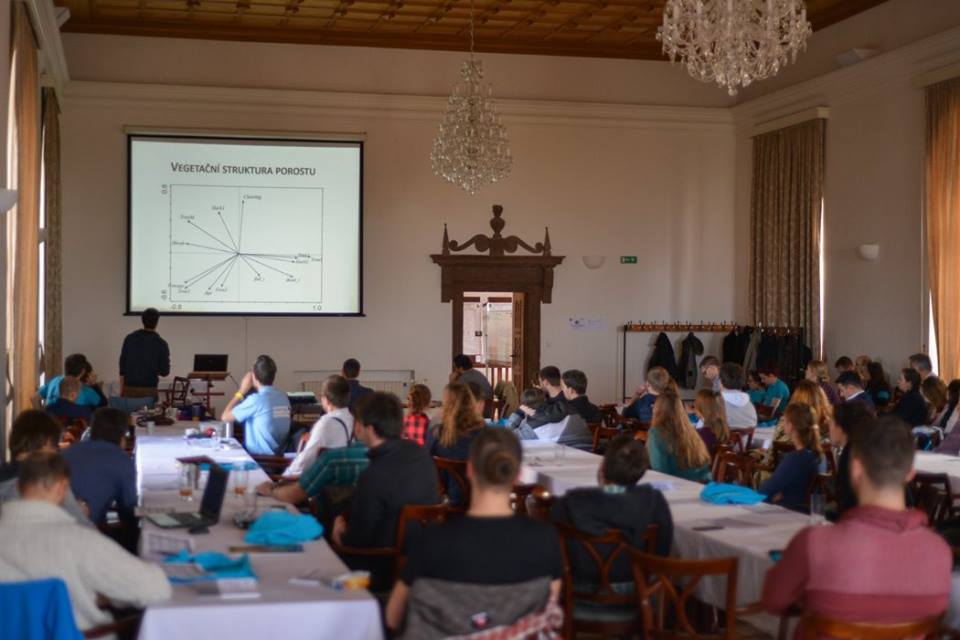 November is full of conferences. Our student Anička Müllerová participated in the 9th conference for master and doctoral students Kostelecké inspirování with her presentation Succession of aquatic and wetland vegetation in abandoned sandpits. This conference is organized by the Czech University of Life Sciences with the aim to exchange experience and establish contacts between students of biological and environmental disciplines.
November is full of conferences. Our student Anička Müllerová participated in the 9th conference for master and doctoral students Kostelecké inspirování with her presentation Succession of aquatic and wetland vegetation in abandoned sandpits. This conference is organized by the Czech University of Life Sciences with the aim to exchange experience and establish contacts between students of biological and environmental disciplines.
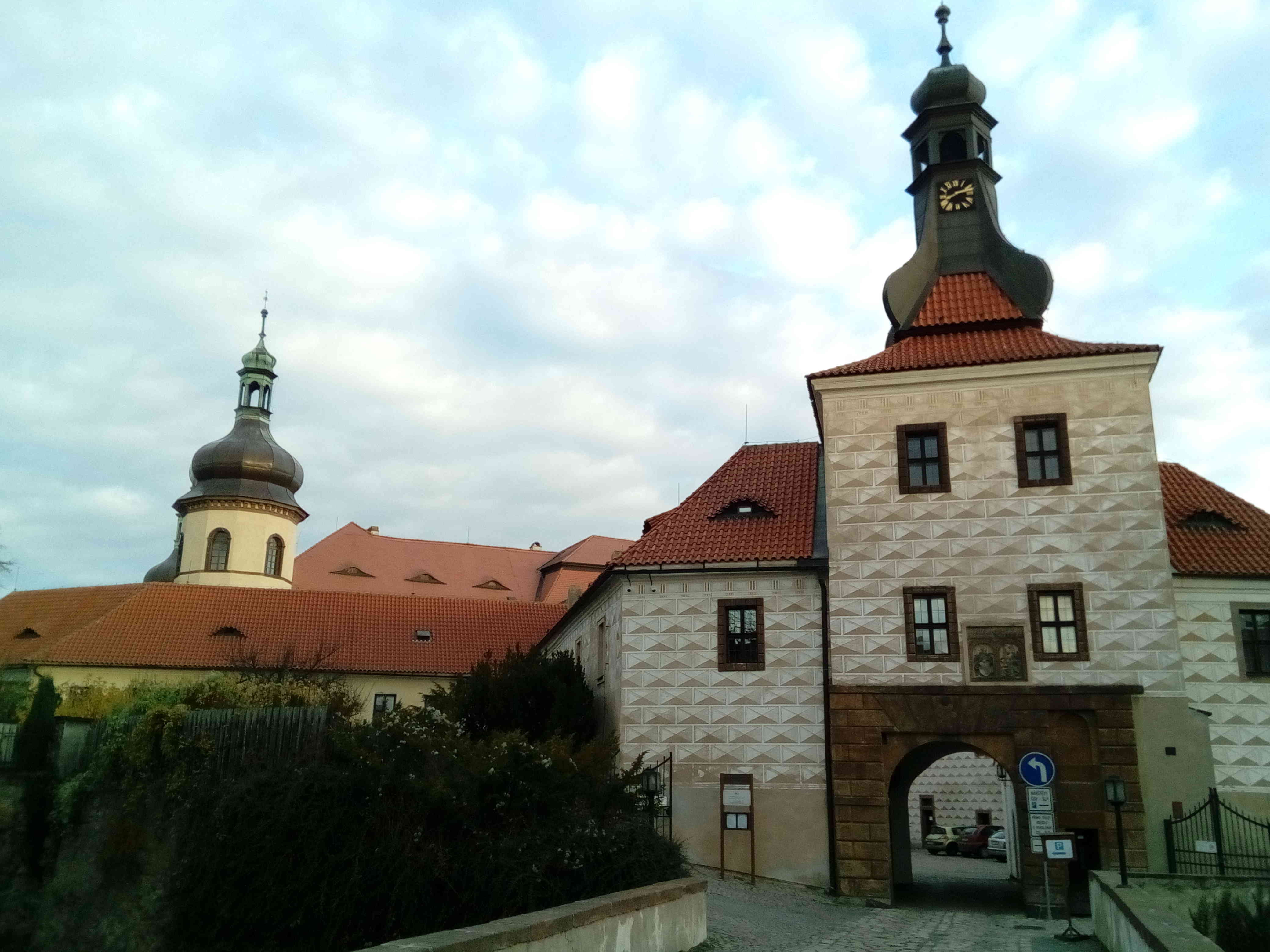
Immediately thereafter, a Conference of the Czech Botanical Society took place in Prague on Ecology and evolution of plants on anthropogenic habitats in central Europe. A large part of our working group, including external collaborators, participated in the conference. In addition to stimulating and interesting contributions, the conference provided a place to meet our colleagues again.
(Photos: Official photos of organizers of both events, photo of Anička Müllerová)
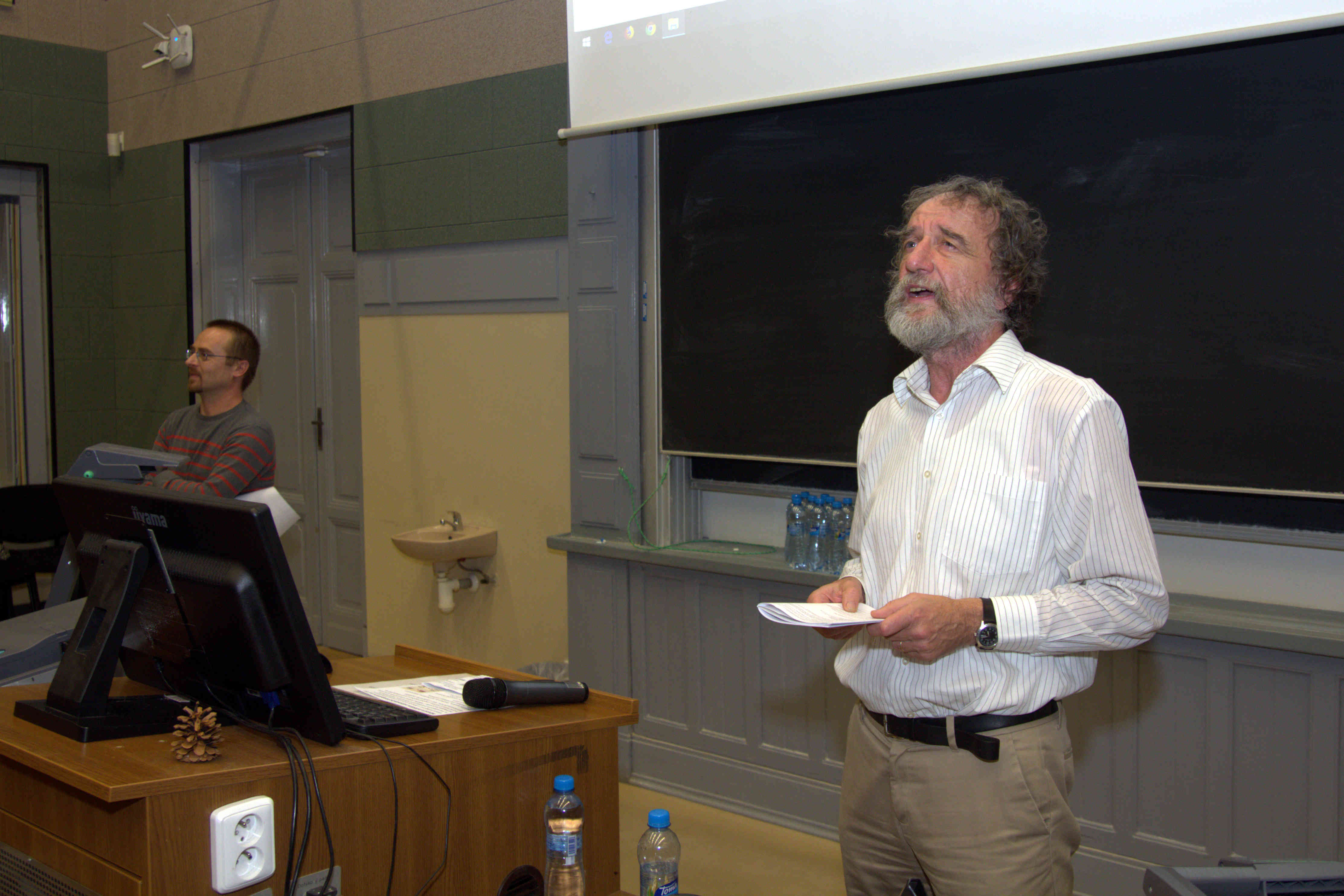
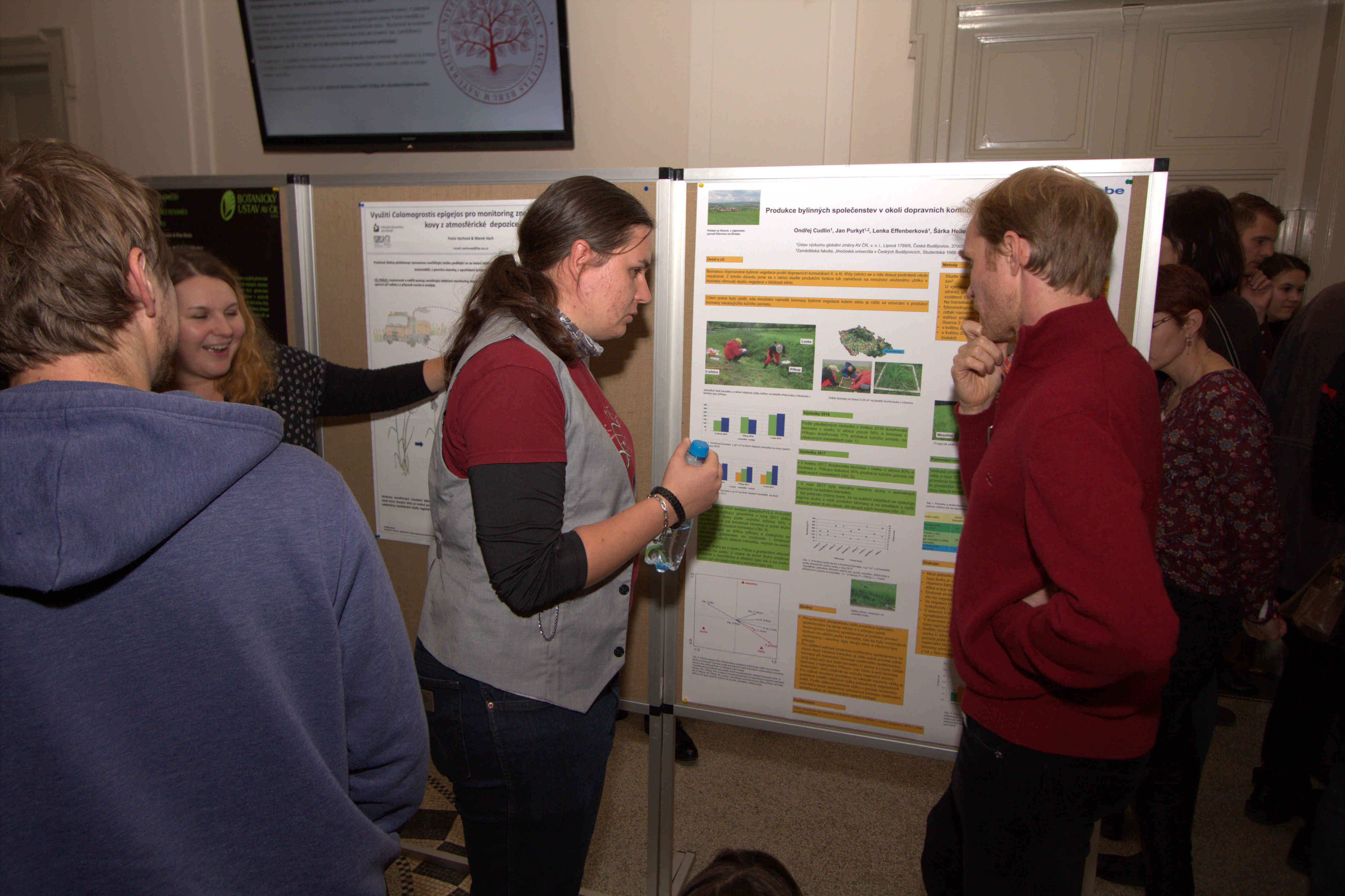
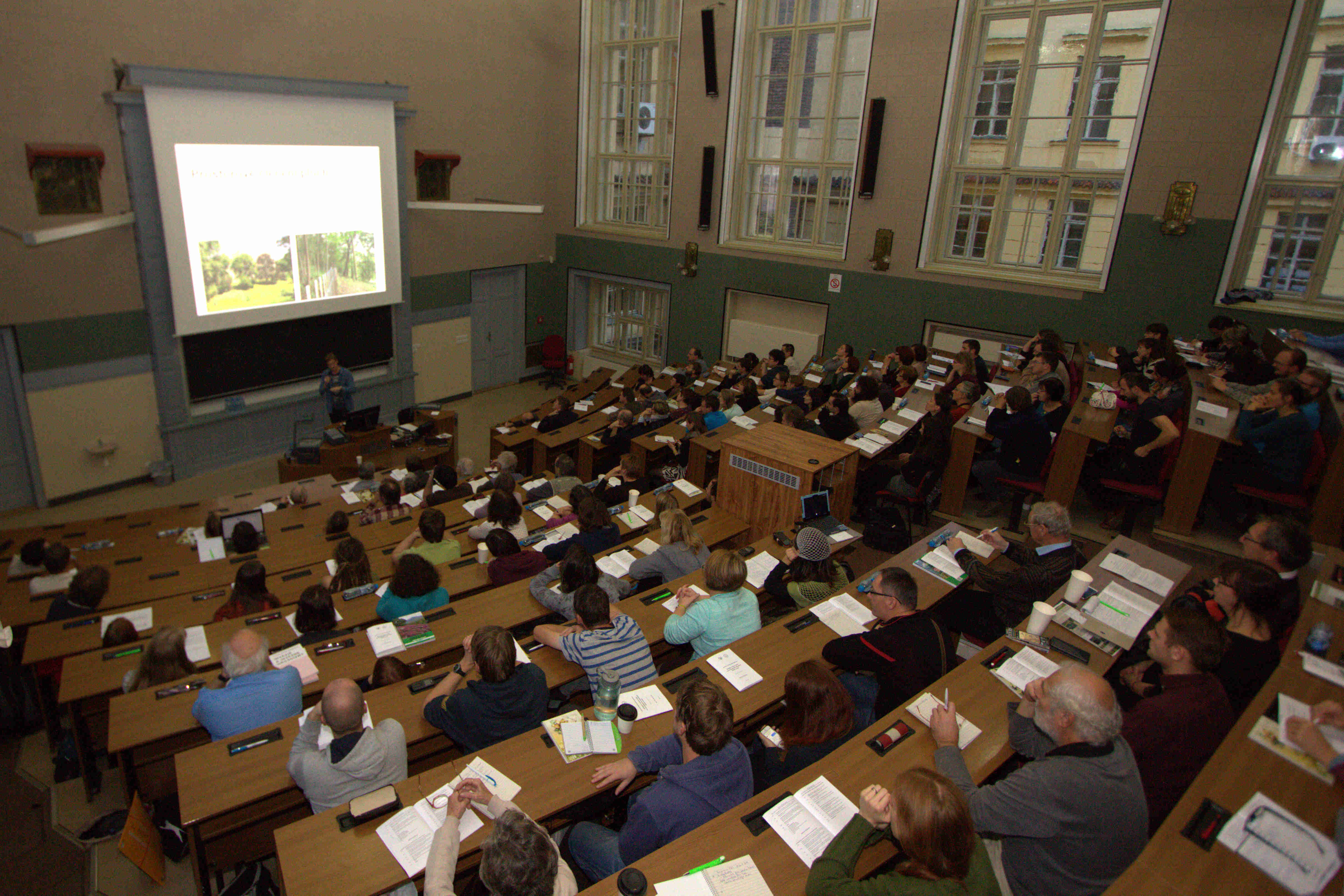
Near-natural restoration at conference in Brussels
Published on Nov 20, 2017
Last week, a conference entitled Reconciling biodiversity protection and extractive activities organized by the European Commission took place in Brussels. The main aim of the conference was to complement Commission's guidelines on non-extractive industry and Natura2000 and provide inputs for implementing the measure of the Action Plan for Nature, People and Economy. Klára Řehounková was invited as a speaker for the session Biodiversiy during after-mining rehabiliation. She demonstrated the effectiveness of ecological restoration in post-mining sites at a country and also global scale. She also promoted the Society for Ecological Restoration (SER) Europe, which can facilitate the transfer of knowledge through the network of experts from different fields. Meeting with people from various fields involved in extraction of natural resources clearly demonstrated an interest in efficient and economically advantageous restoration of sites disturbed by mining activities.
Two of our students awarded in the Jihočeská ratolest contest!
Published on Nov 3, 2017
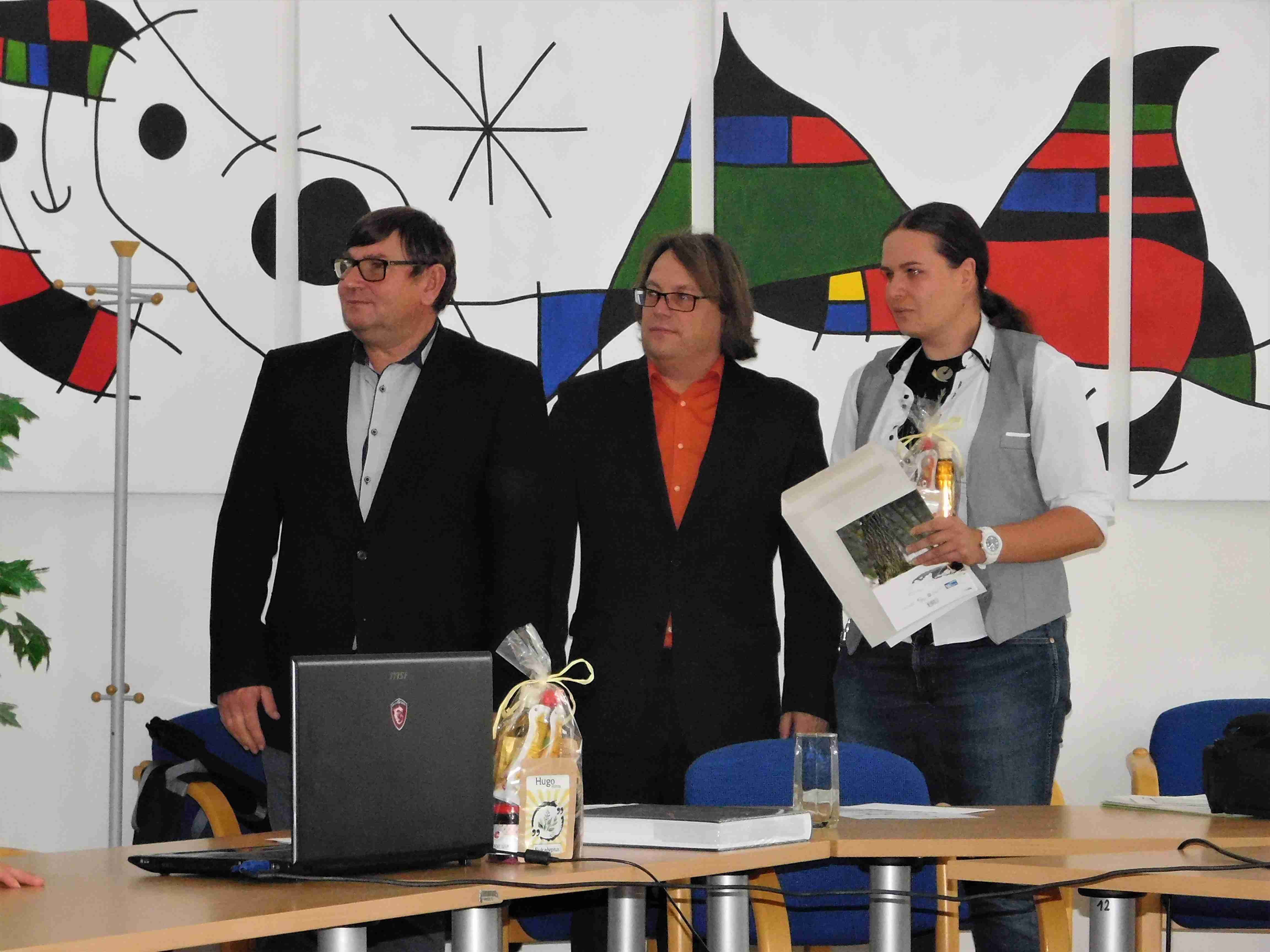 Two of our students have succeeded in the 7th edition of the contest Jihočeská ratolest which aim is to contribute to improvement of the environment and to rise knowledge in this issue in the South Bohemian region. Our students Anička Müllerová and Míla Prošková have been awarded in the category of bachelor's and master's theses. Anička came second with her master thesis Succession of aquatic and wetland vegetation in abandoned sandpits, and Míla came fourth with her bachelor thesis Establishment of selected late successional and alien woody species in forestry reclaimed and spontaneously developed postmining habitats.
Two of our students have succeeded in the 7th edition of the contest Jihočeská ratolest which aim is to contribute to improvement of the environment and to rise knowledge in this issue in the South Bohemian region. Our students Anička Müllerová and Míla Prošková have been awarded in the category of bachelor's and master's theses. Anička came second with her master thesis Succession of aquatic and wetland vegetation in abandoned sandpits, and Míla came fourth with her bachelor thesis Establishment of selected late successional and alien woody species in forestry reclaimed and spontaneously developed postmining habitats.
We congratulate Anička and Míla and wish them to enjoy their further work!
Note, that it is not for the first time that our students score in this competition. For example, last year, Lída Vlková won in the same category with her thesis about assisted restoration of a peatland.
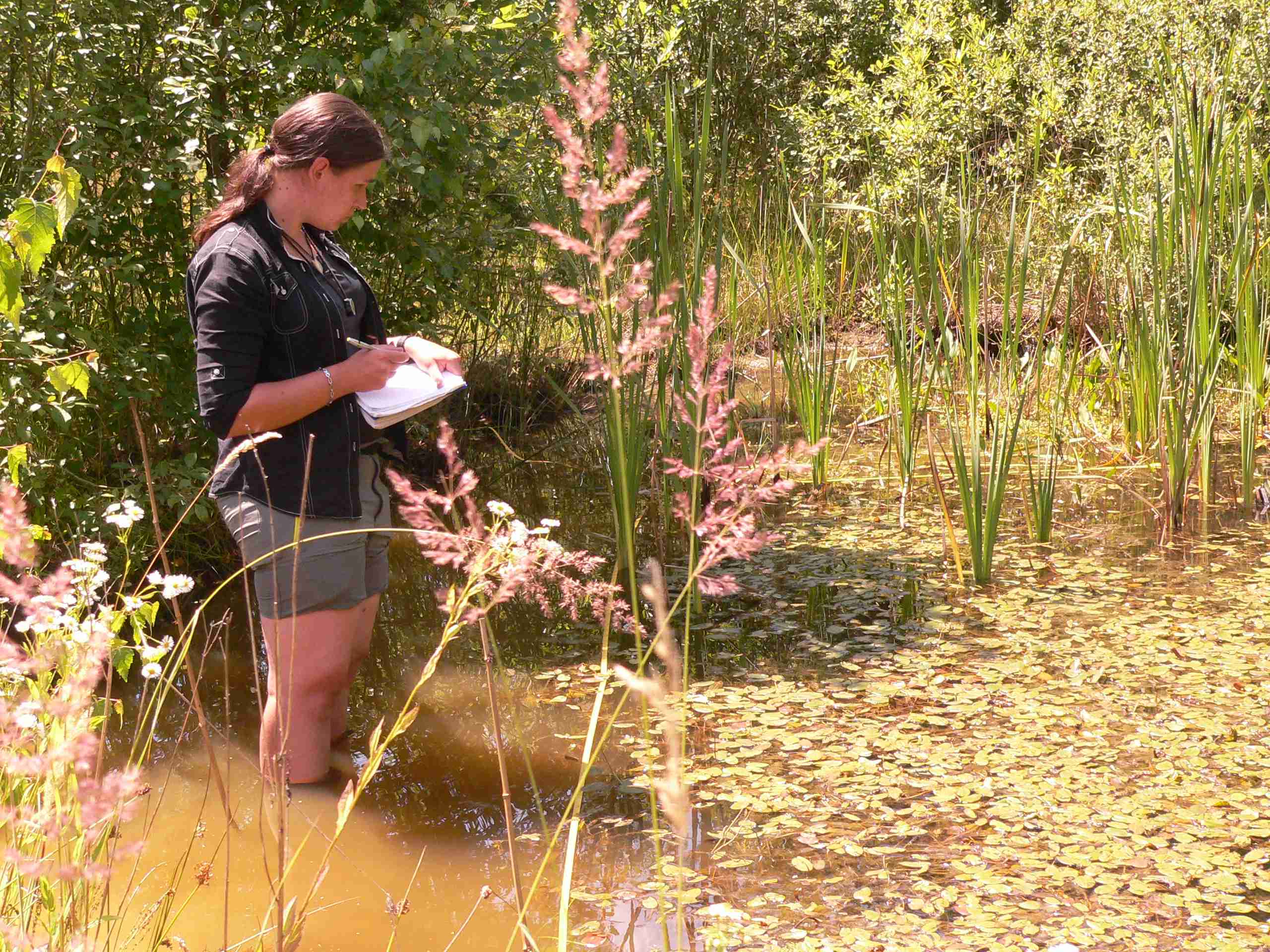
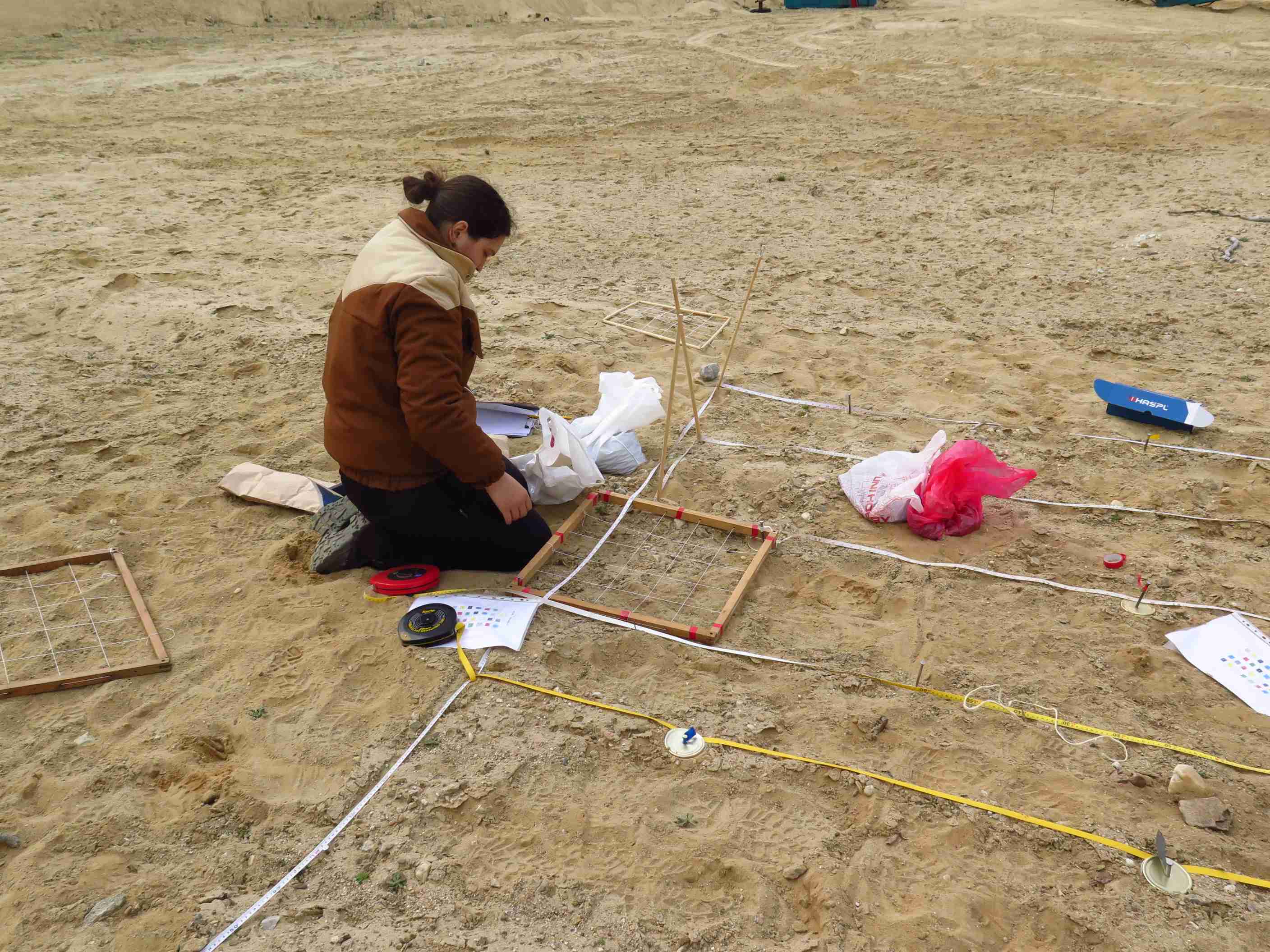
German colleagues from Hochschule Anhalt visited us
Published on Oct 16, 2017
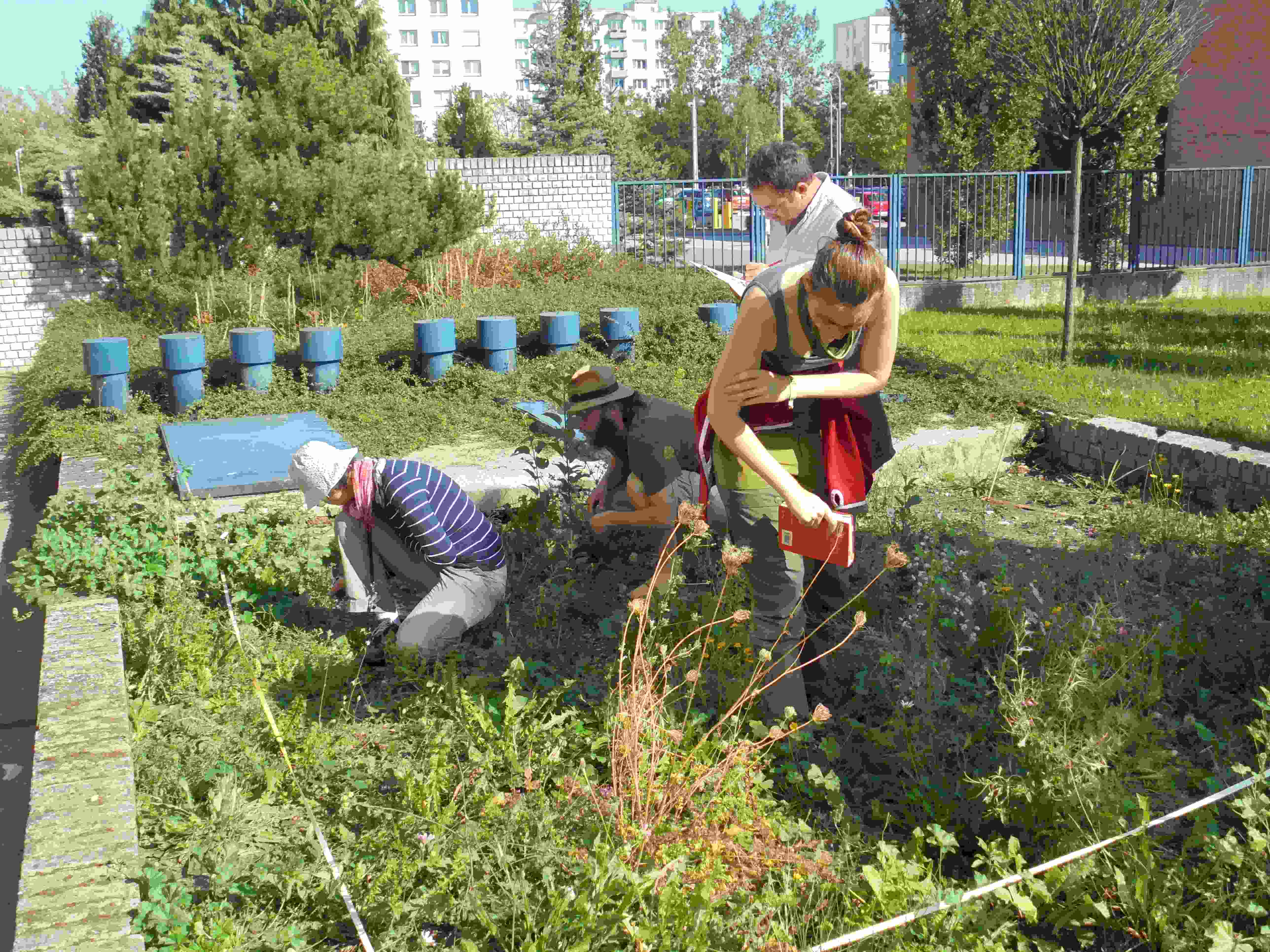 In September, our German colleagues, who study flowering strips and their role in increasing biodiversity of plants and insects in agricultural landscape, visited České Budějovice. They spent here 6 and 17 days, respectively.
In September, our German colleagues, who study flowering strips and their role in increasing biodiversity of plants and insects in agricultural landscape, visited České Budějovice. They spent here 6 and 17 days, respectively.
Thomas Stahl, Heiner Hensen, Annika Schmidt and Michael Jung are responsible for the field work and data collection on the flowering strips but also for data evaluation and analyses in the German project. Similarly to us, they collect data on vascular plants and selected groups of insects within the flowering strips. Moreover, they do also observation of birds and GIS analyses of the surrounding. "The work of our German colleagues is very inspiring for us. Their experience with designing of the seed mixtures, vast range of the flowering strips and success in negotiations with farmers is invaluable for us. This season they observed 60 flowering strips of tens of hectares," says Lenka Šebelíková, who visited a lot of flowering strips during her stay in Germany in June. "During their stay in České Budějovice they visited our flowering strips and we have the opportunity to discuss the composition of seed mixtures and following management of the flowering strips," added Lenka Šebelíková.
"The situation in Germany is, in this respect, much more favourable than in our country. Establishment of flowering strips is even supported by state subsidies. I firmly believe that the situation in our country will improve and establishment of flowering strips promoting diversity of plants and insects will be supported in urban or even agricultural landscapes," added the investigator of the bilateral Czech-German project Karel Prach.
The stay of our German colleagues in České Budějovice and our stay in Bernburg in June was covered by Ministry of Education, Youth and Sports of the Czech Republic within the Mobility grant 7AMB17DE017 Establishment of species-rich field margins and wildflower strips in rural and urban areas - optimization of methods for biodiversity enhancement. 


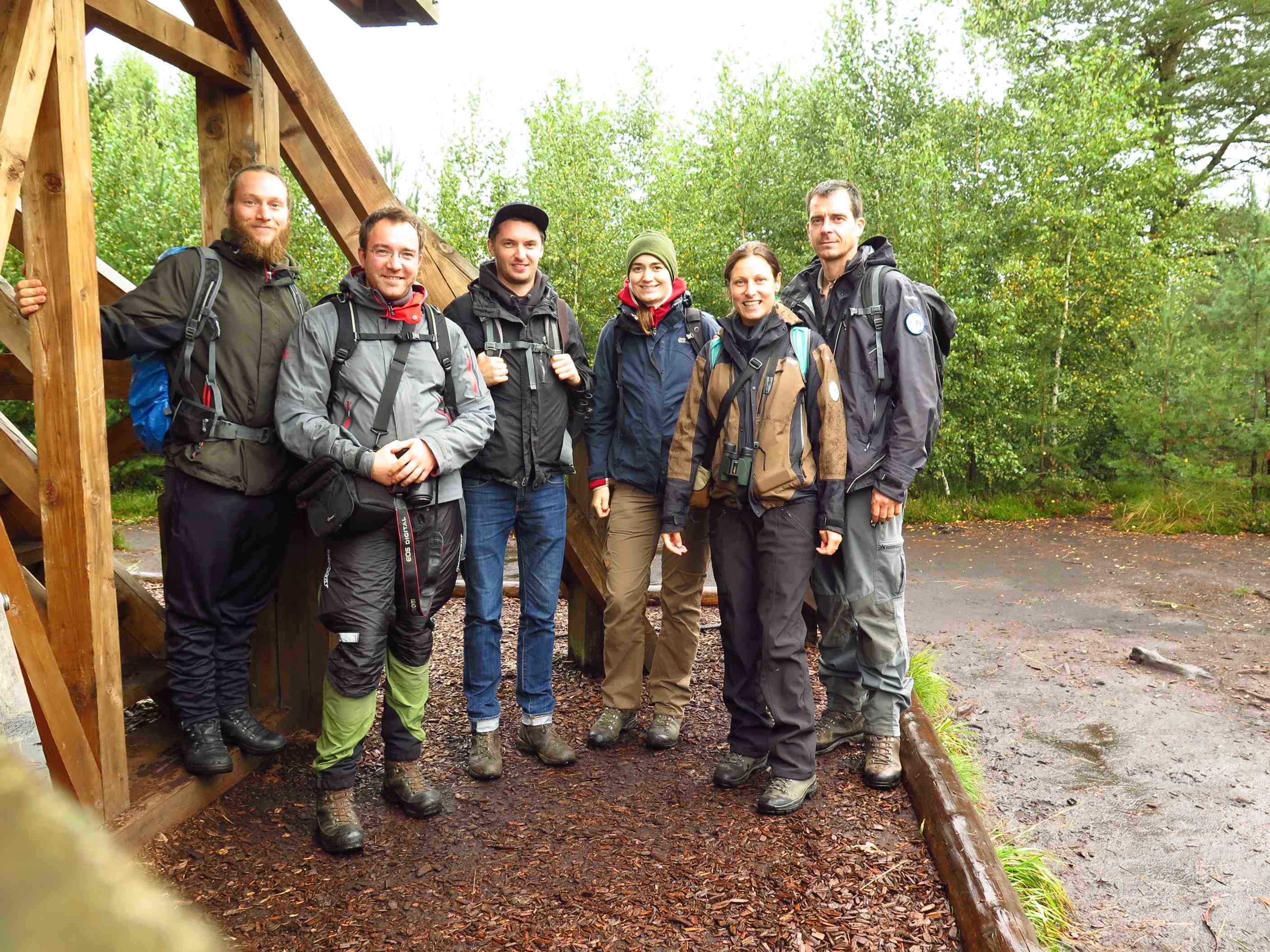
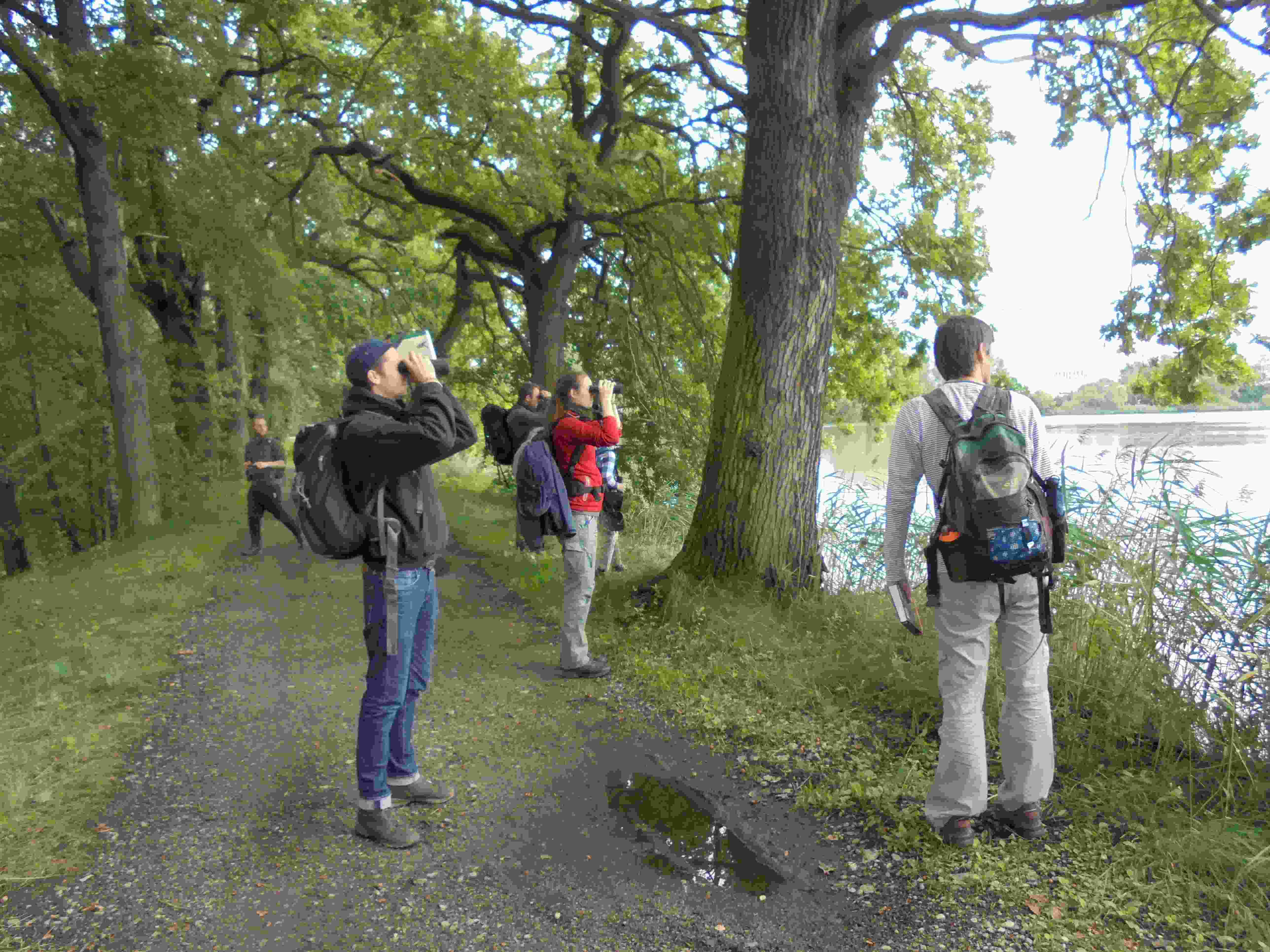
Vegetation season 2017... to be continued :-)
Published on Aug 28, 2017
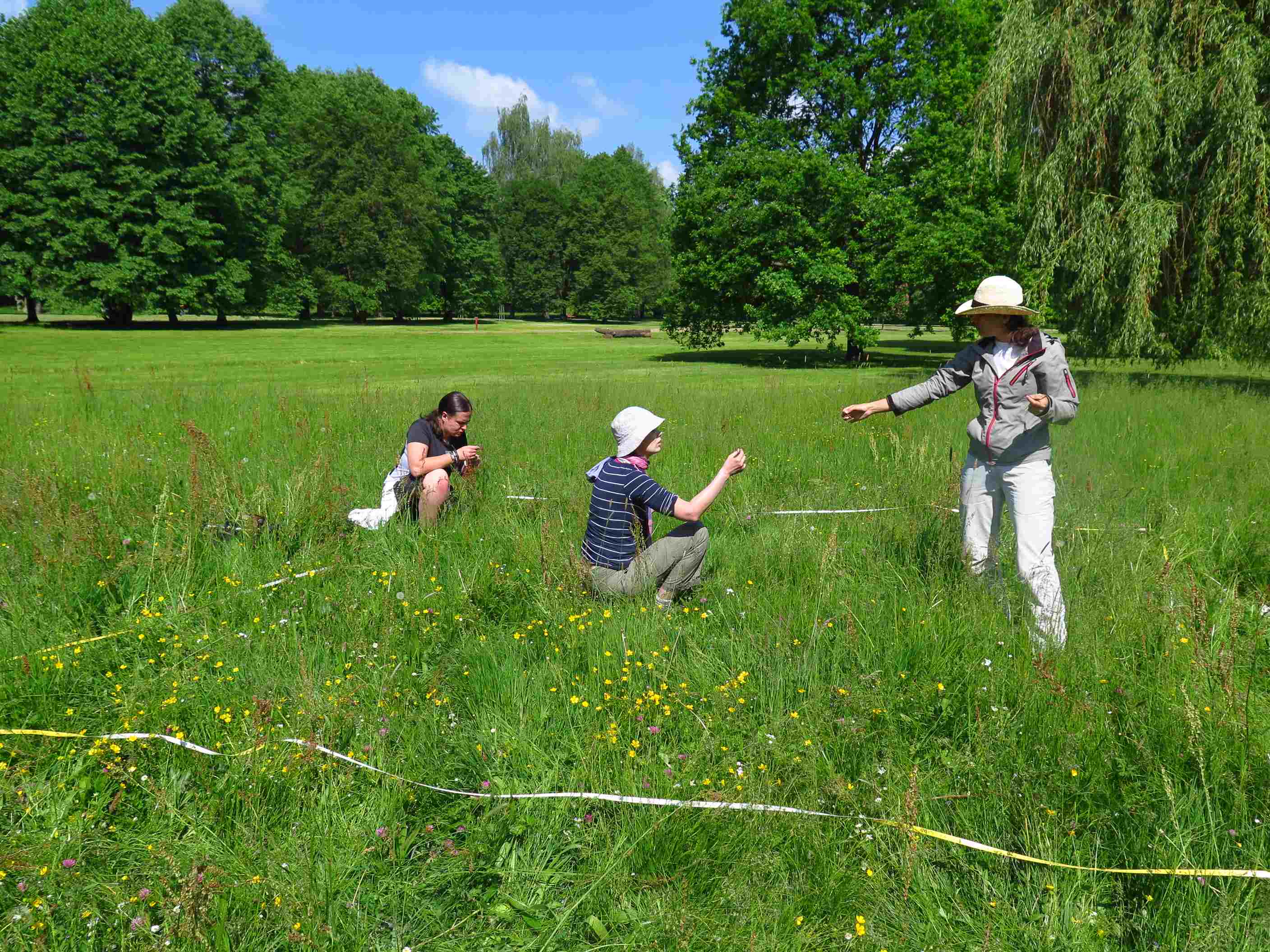 Summer is slowly coming to its end, but the vegetation season for the Restoration Ecology group is not ending et all. We have had almost no rest since May and our field work continues by the end of September. Besides annual sampling of the permanent plots in Cep II sand pit, Váté písky and Kosov quarry, we have also added a survey of a new pasture mainly for bisons in former military area Milovice.
Summer is slowly coming to its end, but the vegetation season for the Restoration Ecology group is not ending et all. We have had almost no rest since May and our field work continues by the end of September. Besides annual sampling of the permanent plots in Cep II sand pit, Váté písky and Kosov quarry, we have also added a survey of a new pasture mainly for bisons in former military area Milovice.
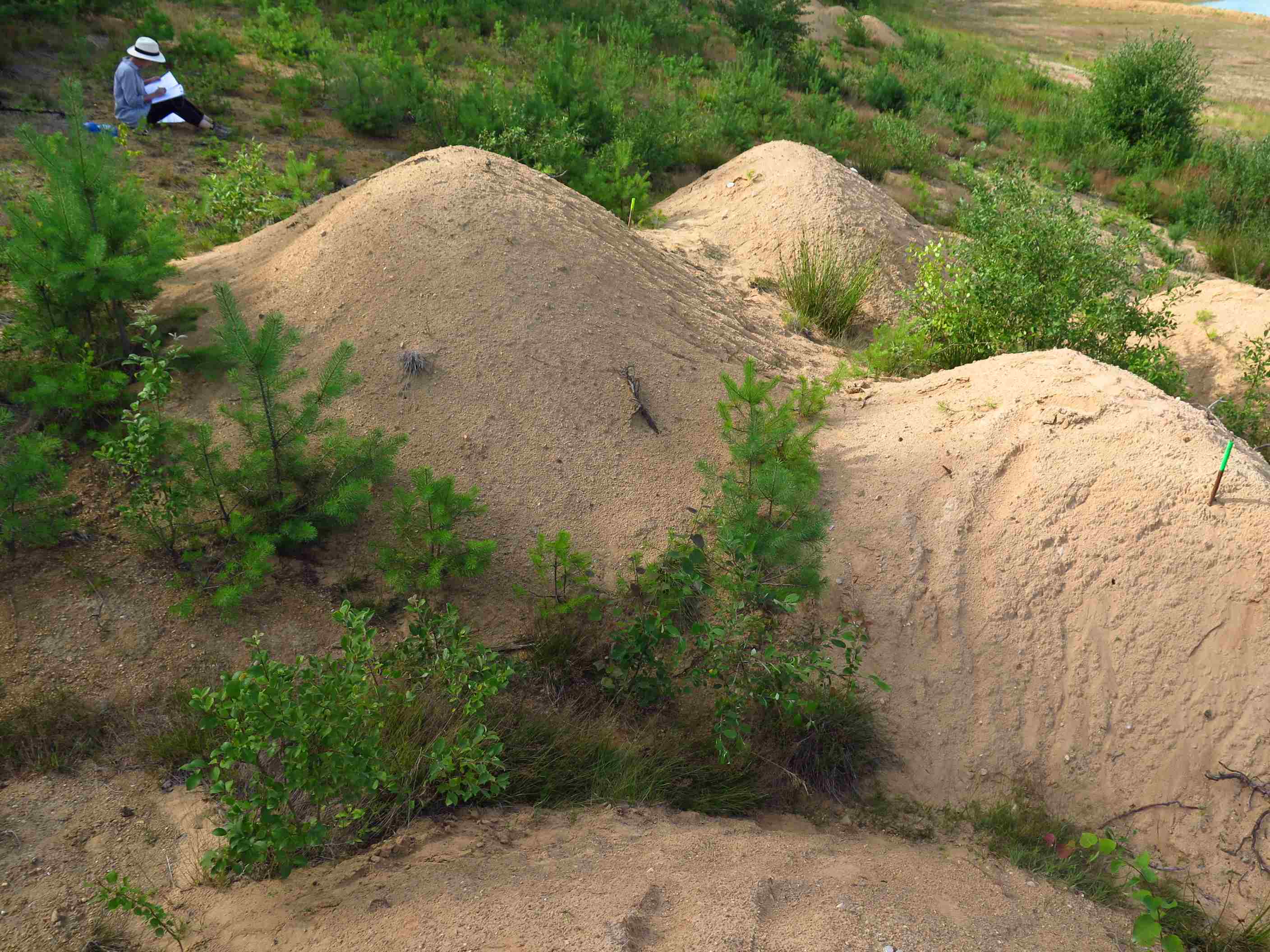
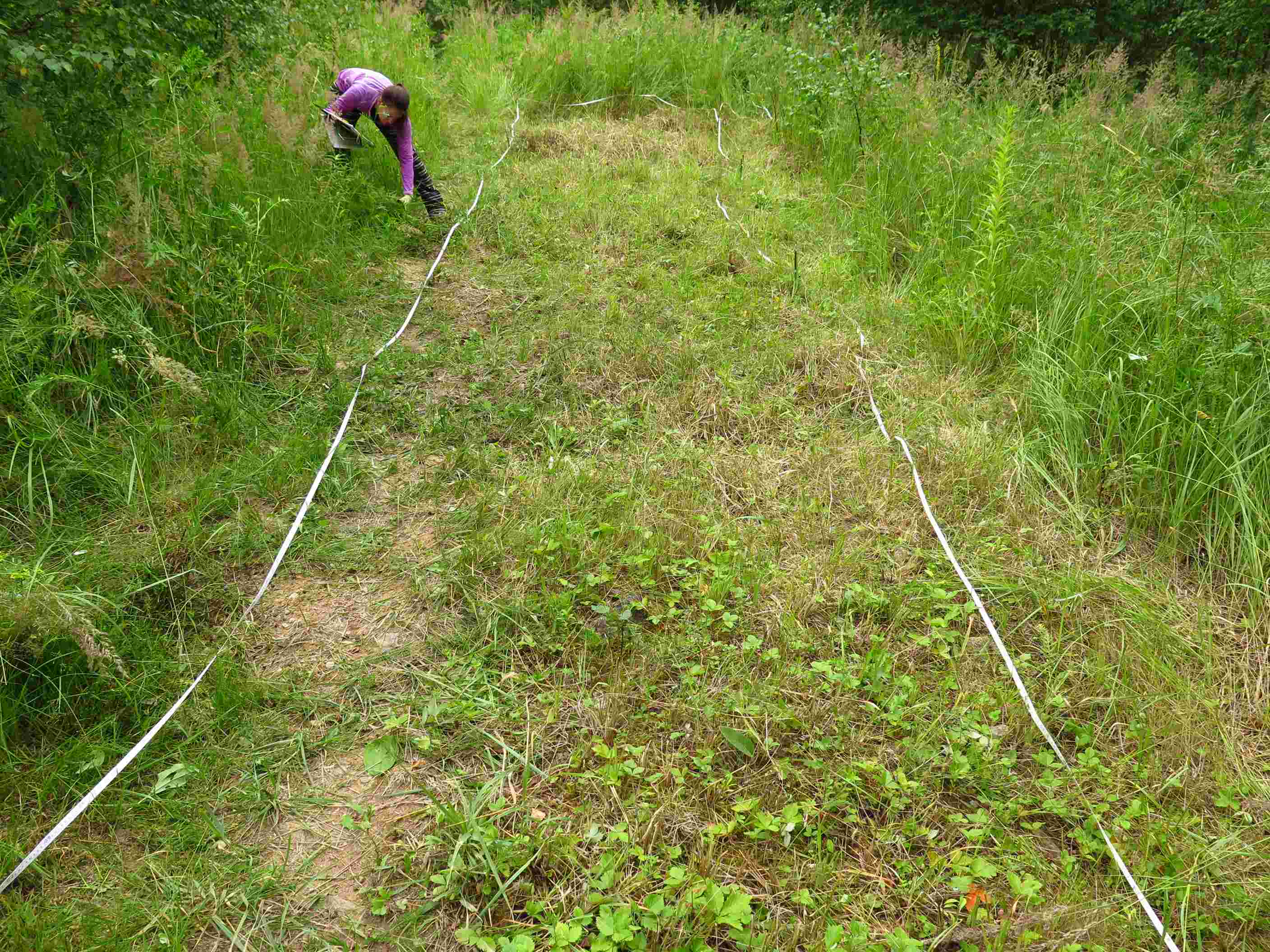
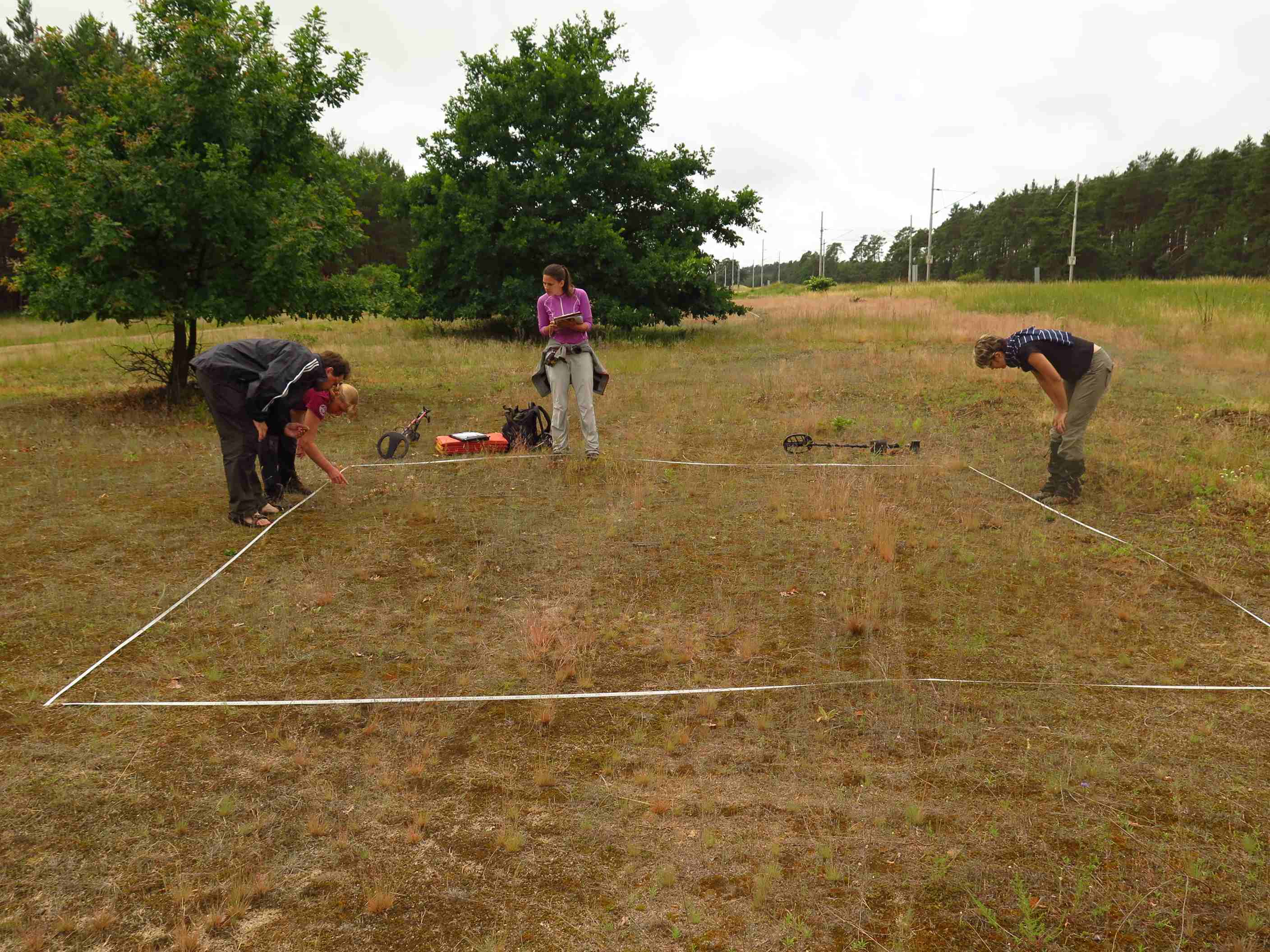
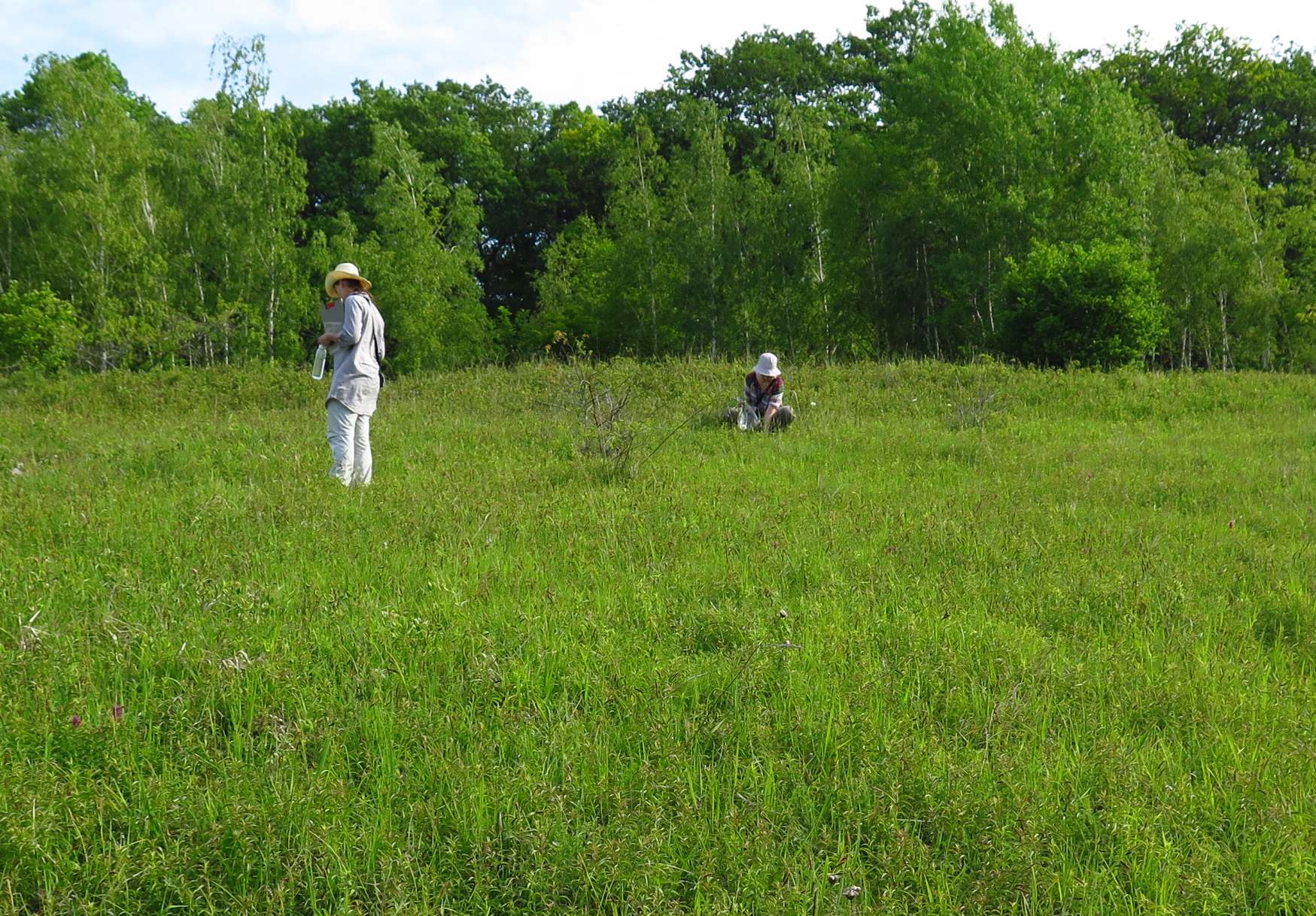
The promising project on promotion of open habitats in abandoned sand pits also continues. Geocachers help to remove litter and grass turfs by trampling and thus maintain open substrate suitable for competitively weak species of plants and endangered species of insects.
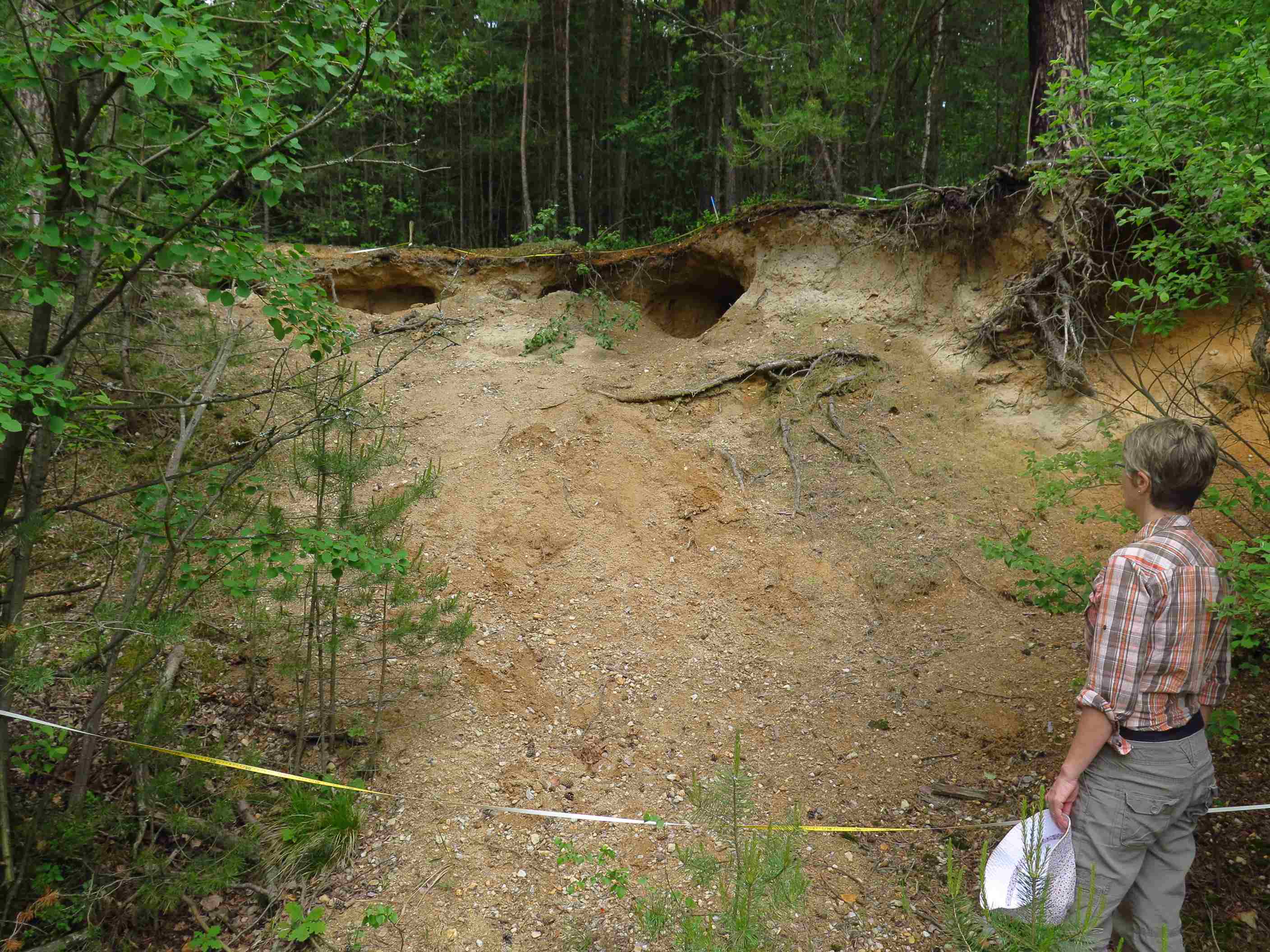
Because Klára Řehounková and Karel Prach are investigators of the GAČR grant 17-09979S "Factors determining vegetation succession at the country scale", a massive campaign to enlarge the DaSS database has been launched. Under this grant, a lot of successional series were resampled or new samples were collected. Database extension will be large!
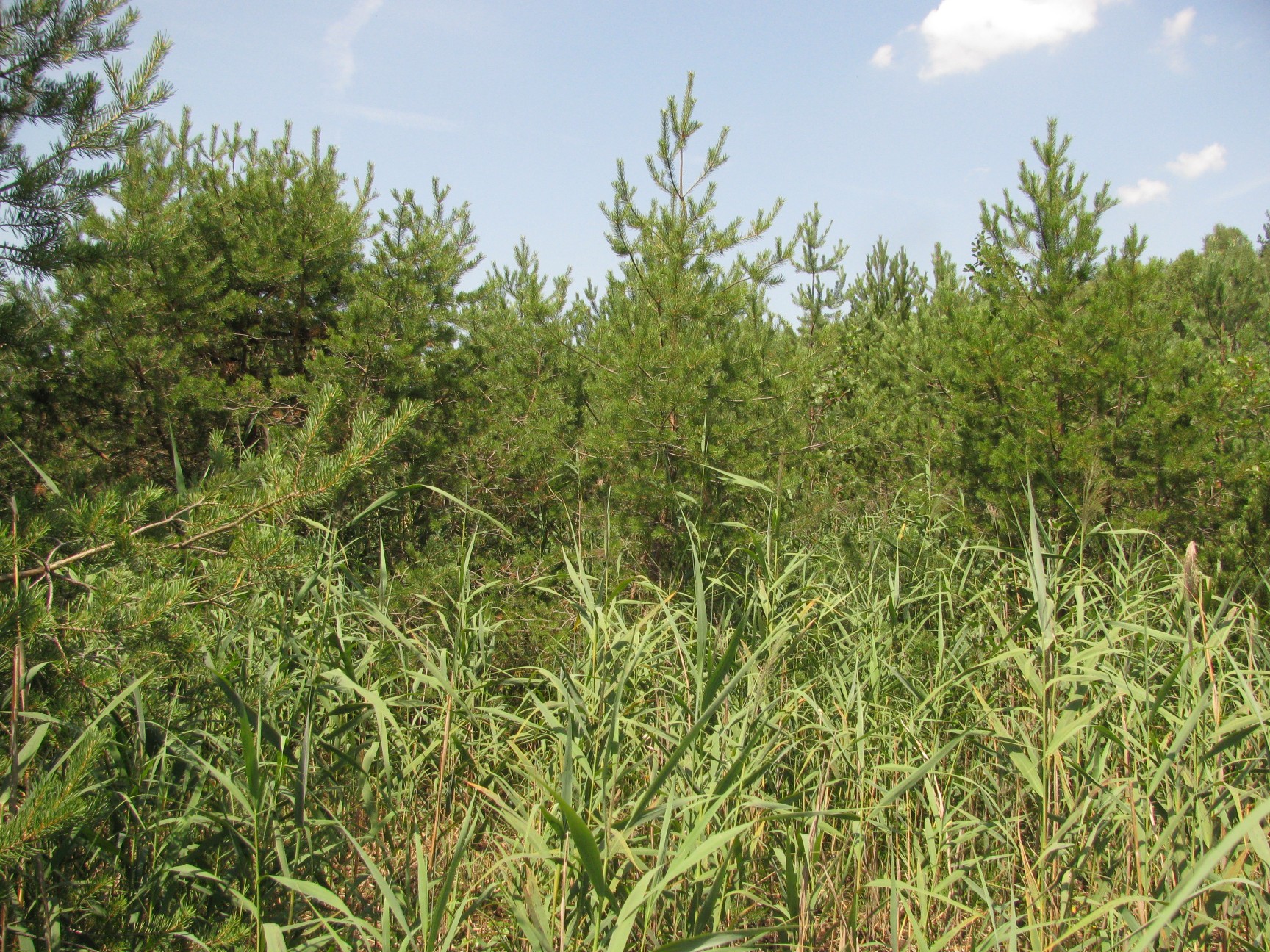
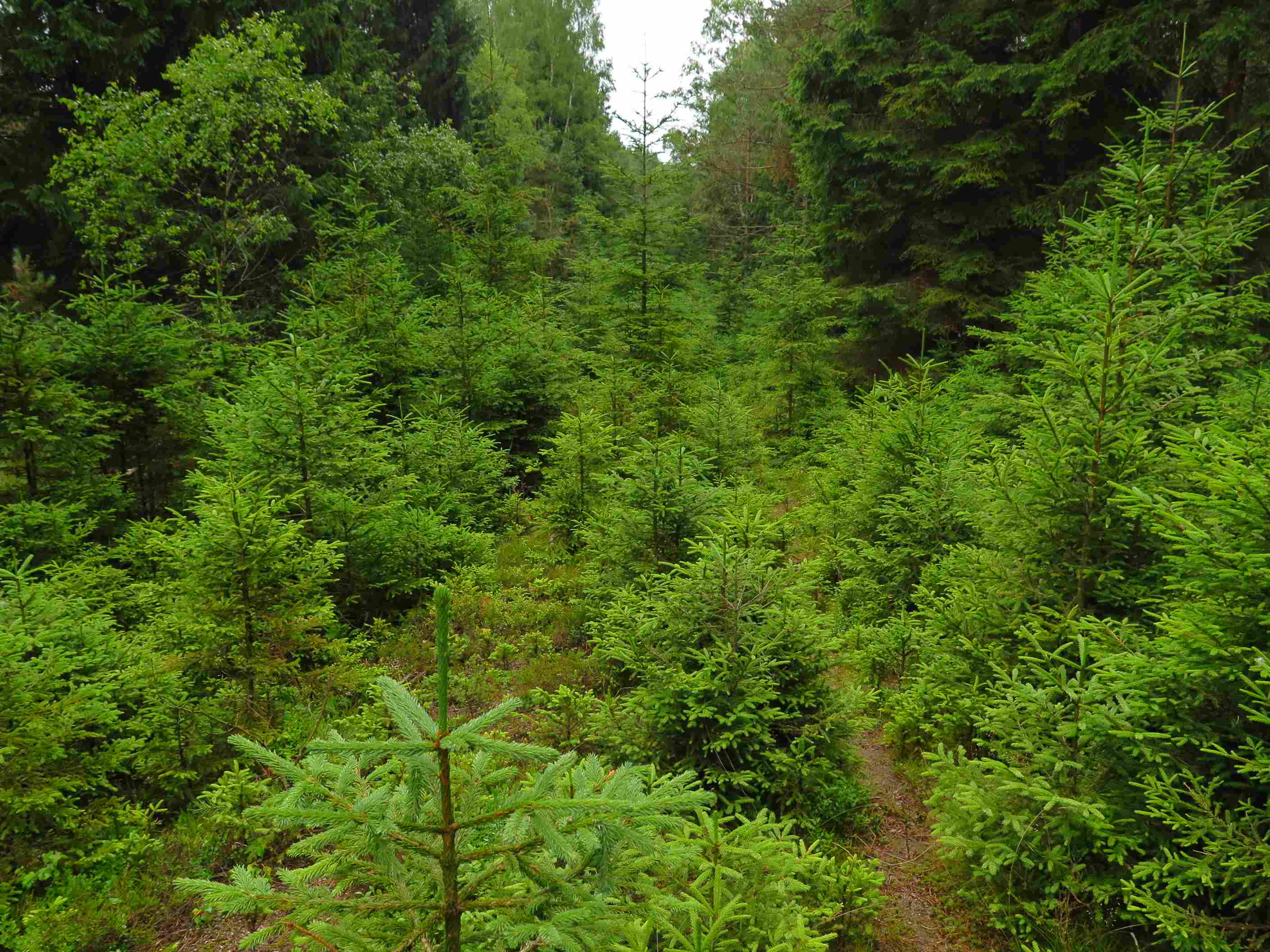
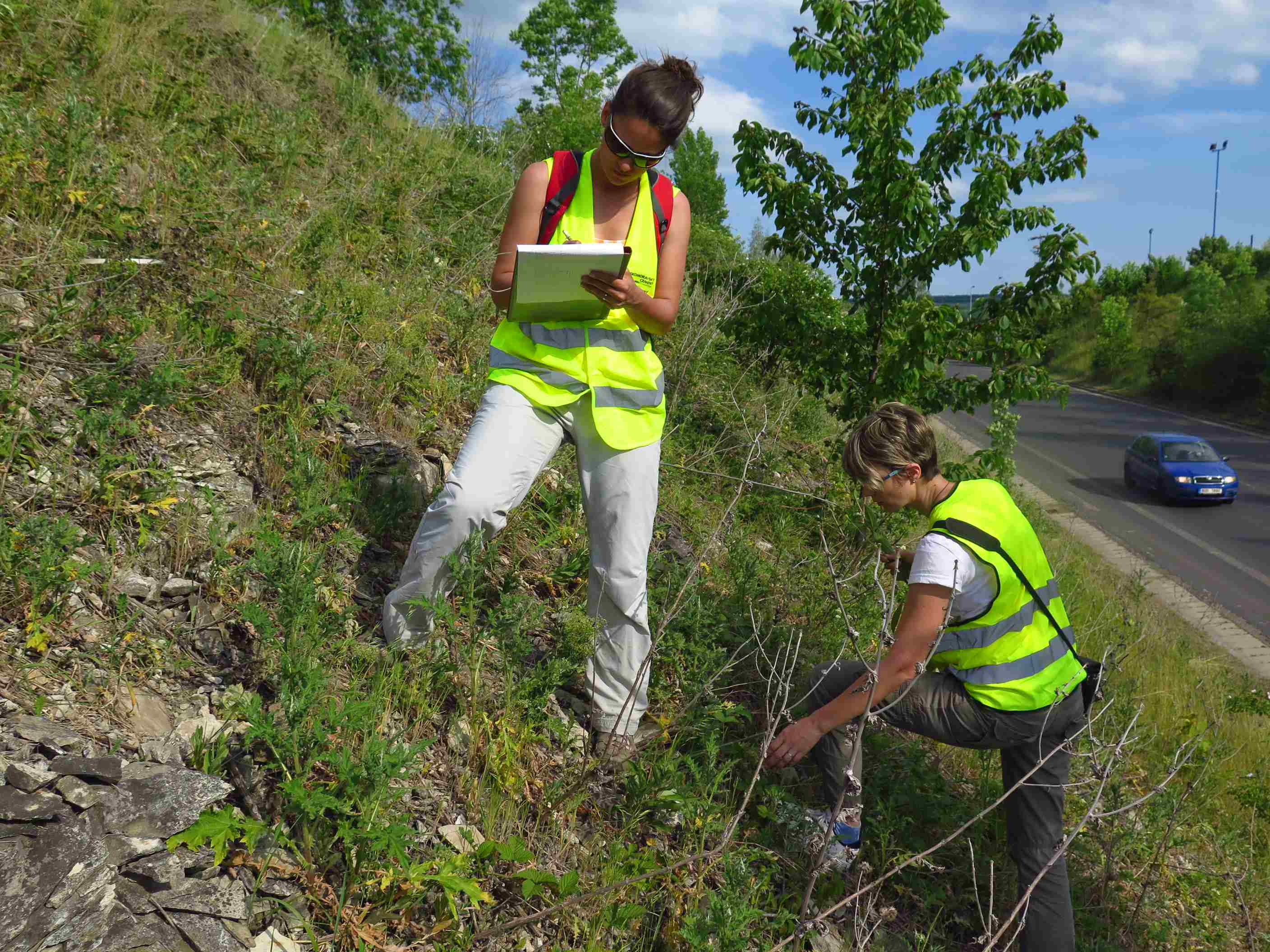
Botanical and entomological monitoring of flowering strips in the City Park Stromovka and in the University Campus takes place during the whole season under the guidance of Klára Řehounková and Lenka Šebelíková.
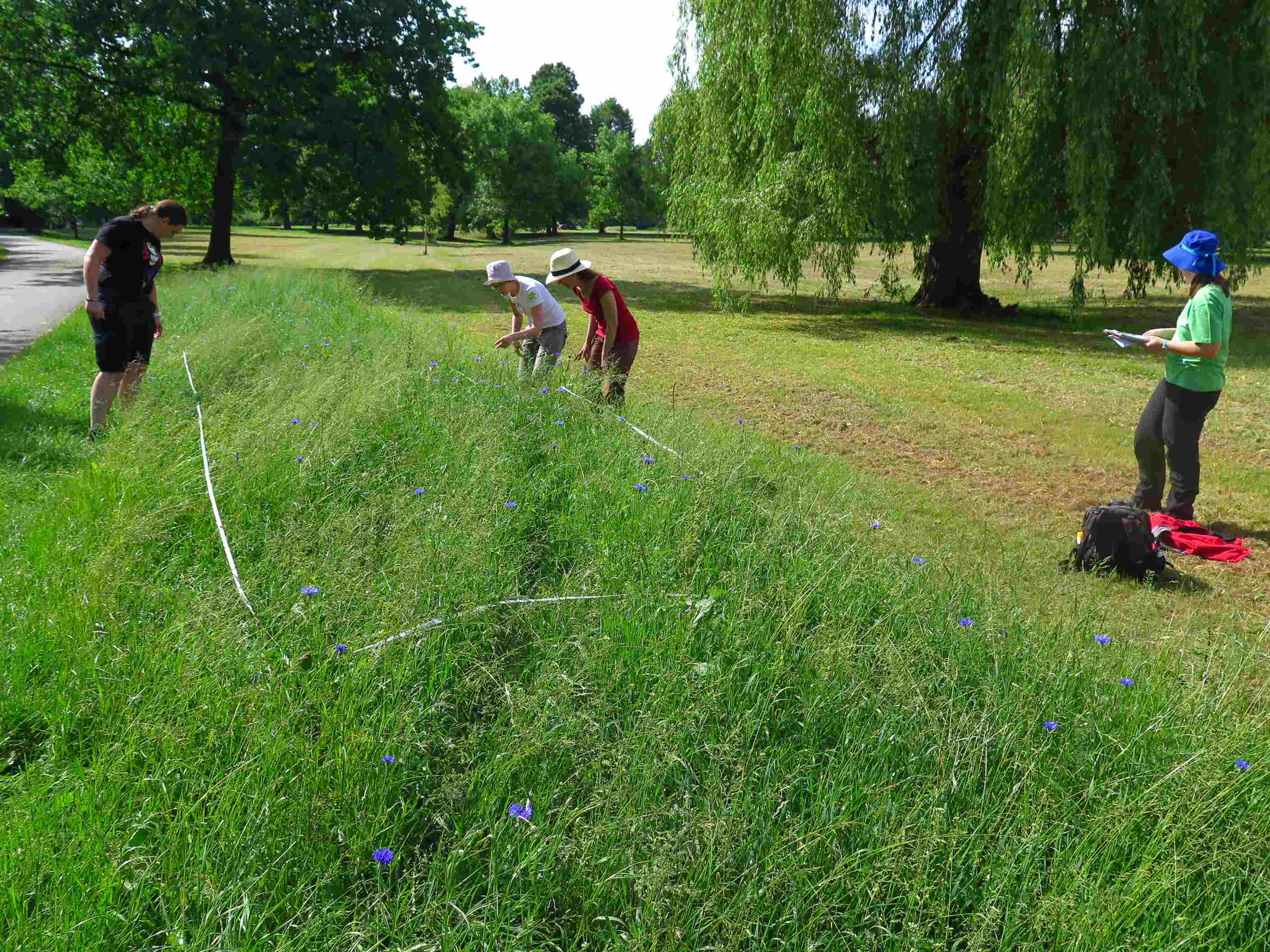
We also do not forget about social life. We spent very nice and pleasant internship in Bernburg, Germany with our German colleagues under the Mobility grant of the Ministry of Education, Youth and Sports 7AMB17DE017 "Establishment of species rich field margins and wildflower strips in rural and urban areas - optimization of methods for biodiversity enhancement".
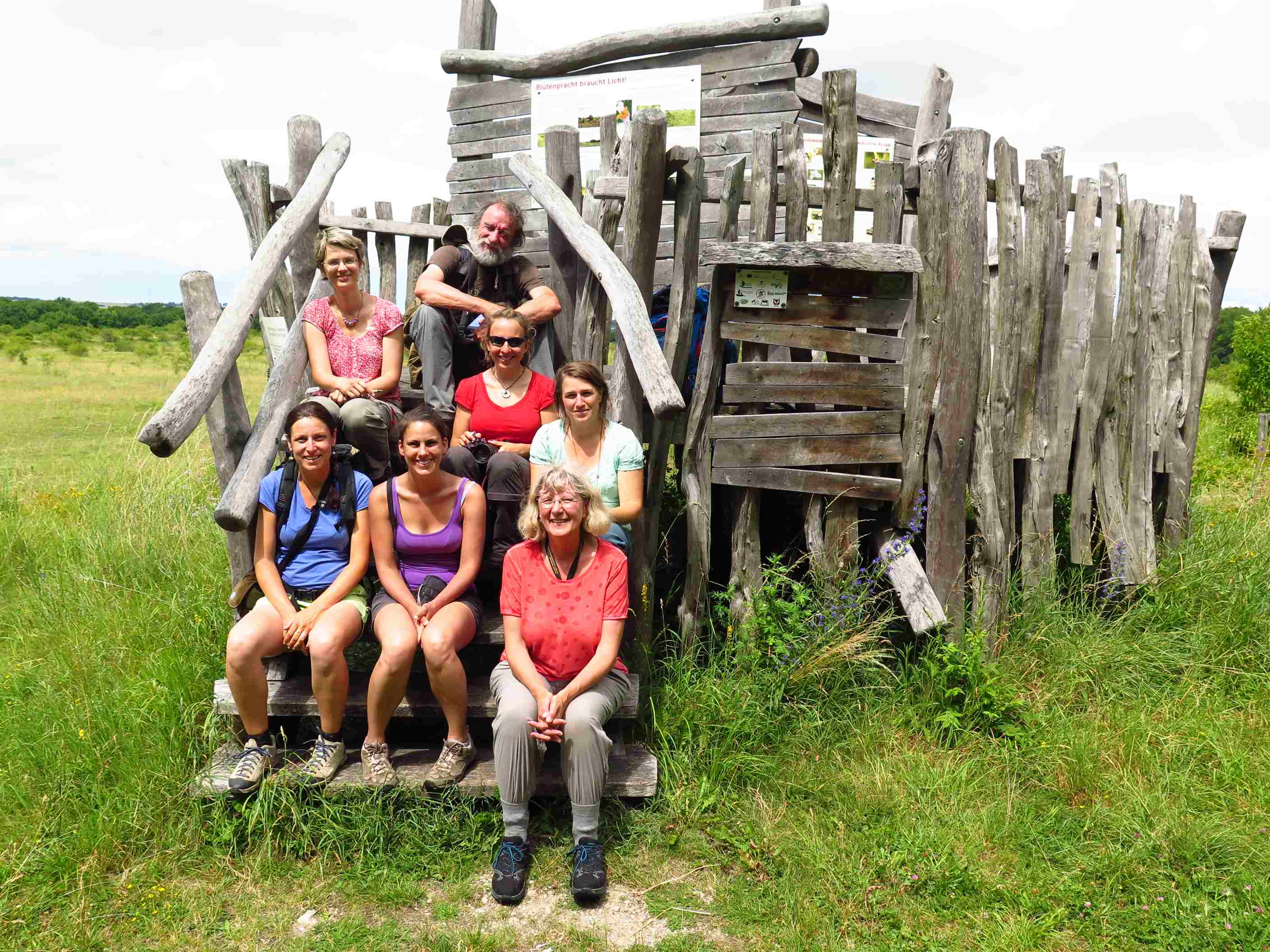
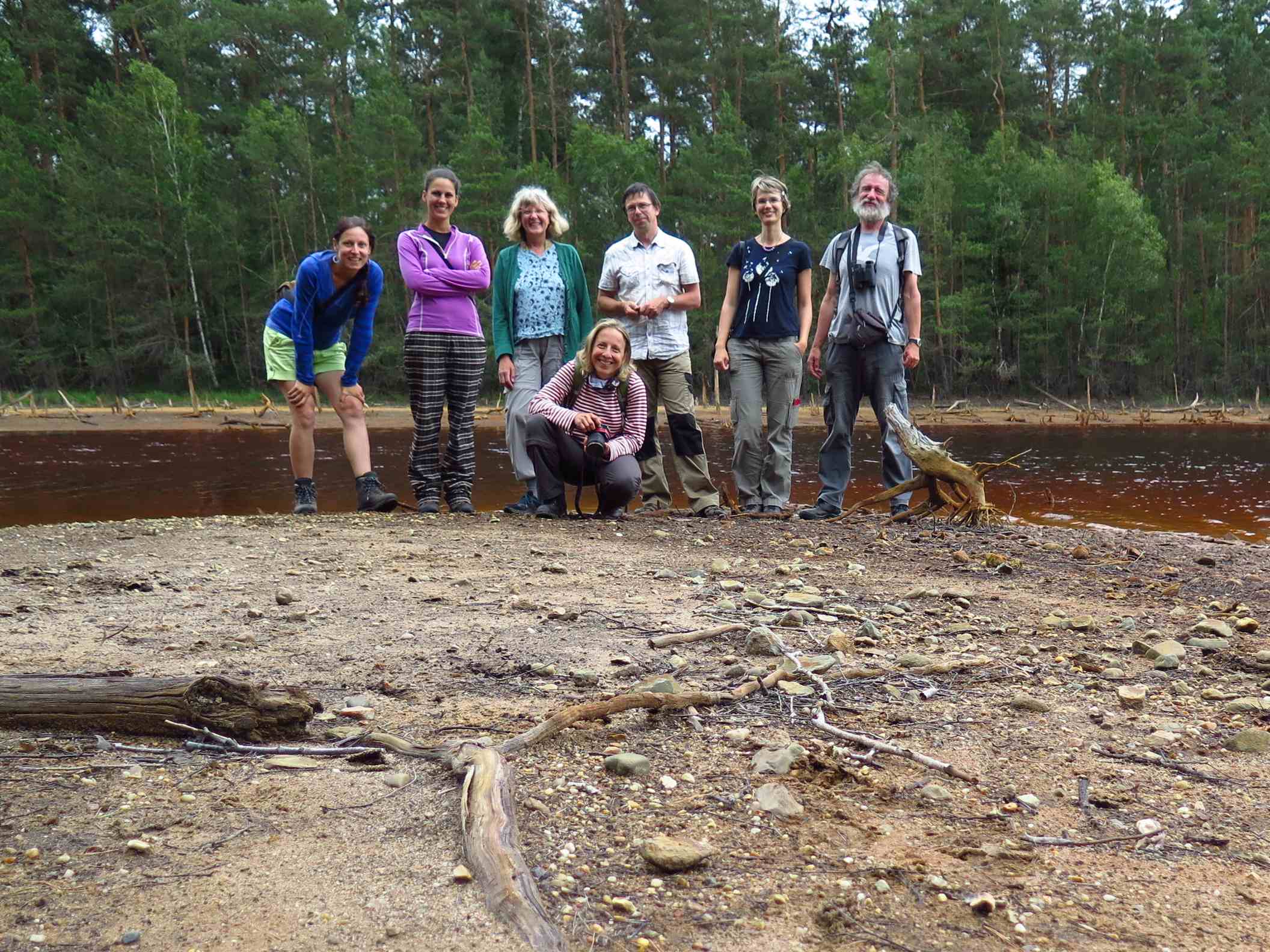
We greatly thank to all our collaborators, because the amount of work during this season is enormous! And we have not finished yet... to be continued :-)
Sampling of Váté písky in southern Moravia successfully completed
Published on Jun 23, 2017
 June is the right time for sampling our permanent plots in "Moravian Sahara" - the NNR Váté písky. Since 2012, we have observed how the succession proceed on plots where the topsoil was removed to eradicate expansive Calamagrostis epigejos. The results are amazing! Most of the target and endangered species colonized these new sites immediately. The sites still remain open after five years thus serving as unique large-scale refugies for psamophilous species.
June is the right time for sampling our permanent plots in "Moravian Sahara" - the NNR Váté písky. Since 2012, we have observed how the succession proceed on plots where the topsoil was removed to eradicate expansive Calamagrostis epigejos. The results are amazing! Most of the target and endangered species colonized these new sites immediately. The sites still remain open after five years thus serving as unique large-scale refugies for psamophilous species.
In addition to Váté písky, we have permanent plots also in nearby Bzenecká doubrava which burnt five years ago. In agreement with forestry administration, a small part of the burned forest was left for spontaneous development.
We thank Ivana Jongepierová for her help in the field, her hospitality and moral support, and Karel Fajmon for his help in the field and the photos!




Sheep are back to the island...feel like home!
Published on May 21, 2017
 On Wednesday, May 17 we transported sheep to the island in the Cep II sand pit. The sheep will again graze experimental plots for restoration of dry grasslands where bird's-foot trefoil (Lotus corniculatus) started to overgrow the psamophytic vegetation. This management is again carried out by our colleague Alča Bartošová and her fluffy "management tools". Their 6-day "holiday" ends on Monday and we greatly thank all the protagonists, this year for the third time.
On Wednesday, May 17 we transported sheep to the island in the Cep II sand pit. The sheep will again graze experimental plots for restoration of dry grasslands where bird's-foot trefoil (Lotus corniculatus) started to overgrow the psamophytic vegetation. This management is again carried out by our colleague Alča Bartošová and her fluffy "management tools". Their 6-day "holiday" ends on Monday and we greatly thank all the protagonists, this year for the third time.





